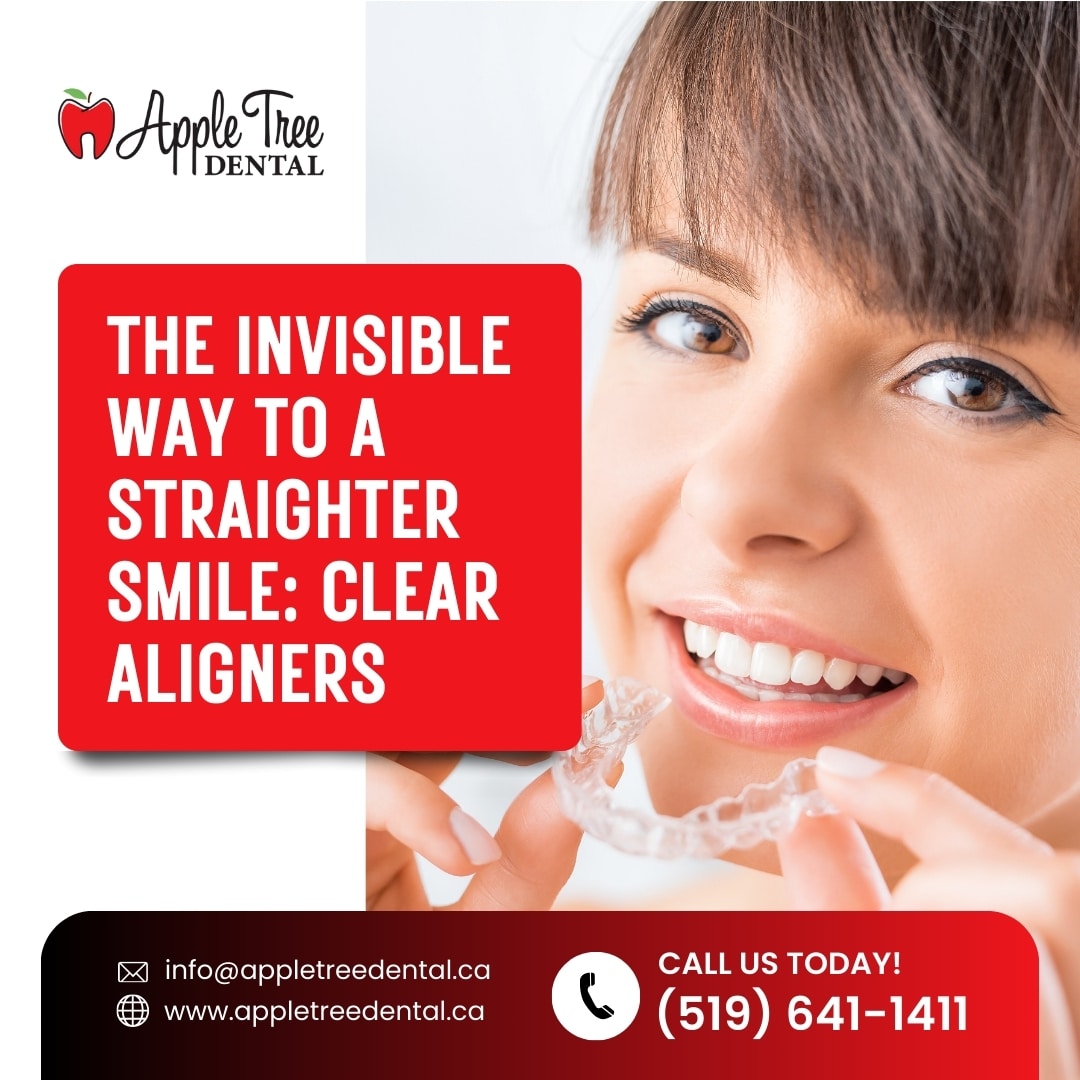Blog
What Does Cosmetic Dentistry Entail?
Introduction:
We have compiled this article on “What Does Cosmetic Dentistry Entail?.” The reference links are at the bottom of the article.
Cosmetic dentistry usually follows along the lines of symmetry and harmony. Certainly, brightening teeth is something most people desire, removing stains (coffee, cigarettes). Everyone would like to be proud of their smile and show it off, but most do not because of gaps in their teeth, yellow teeth, uneven gums, missing teeth, etc. Cosmetic dentistry could be used to fix these issues.
Beauty is perception (in the eyes of the beholder). Many people believe that beautiful people are more intelligent and trustworthy. Some studies determined that more attractive people are more likely to be employed at a better salary. As a result, many people pursue ways to create a better smile. Cosmetic dentistry in the Western world is all about lines (symmetry) and same colouring, same heights (harmony). It follows the Greek view of beauty.
Most cosmetic procedures are elective rather than essential, although some treatment cases provide restorative benefits. Insurance will usually pay for procedures that are medically necessary. Elective cases are usually not reimbursable. The most common procedures used in cosmetic dentistry are fairly simple. However, certain procedures require more complex and specialized care.
Composite Bonding
Composite bonding refers to repairing decayed, damaged or discoloured teeth using material that resembles the colour of tooth enamel. Your dentist drills out the tooth decay applies the composite onto the tooth’s surface, and then “sculpts” it into the right shape before curing it with a high-intensity light.
Composite bonding (or bonding) effectively covers tooth damage while restoring the appearance of the original tooth. Often, bonding even improves the look of the original tooth or teeth!
Compared to many other cosmetic procedures, bonding is inexpensive, making it an economical and effective treatment for patients with decay, chipped or cracked teeth or worn-down tooth edges.
Dental Veneers
Dental veneers are normally constructed from medical-grade ceramic and individually created for each patient to ensure that they resemble the patient’s natural teeth. Frequently, veneers and real teeth remain indistinguishable from each other.
Additionally, dentists rely on veneers for many cosmetic problems, including crooked teeth, damaged or cracked enamel, and unsightly gaps between teeth. Dentists apply veneers to the front of each tooth using a dental adhesive.
[1]What Does A Cosmetic Dentist Do?
A cosmetic dentist is responsible for various procedures — from minor fixes to major surgeries. Here are a few of the cosmetic procedures we offer.
[2]Types Of Cosmetic Dentistry
Teeth Whitening
Teeth whitening can be one of the simplest and least expensive ways to improve your smile. Please contact Apple Tree Dental for the best results and schedule a Teeth Whitening appointment.
Dental Veneers
Dental veneers are wafer-thin, custom-made shells of tooth-coloured porcelain or resin covering the teeth’ front surface. After removing about a half-millimetre of enamel from the tooth surface, these thin shells are bonded (cemented) to the front of the teeth, changing their colour, shape, size, or length.
Dental Bonding
In dental bonding, a tooth-coloured, putty-like resin, a durable plastic material, is applied to the tooth and hardened with an ultraviolet or laser light, bonding the material to the tooth. Your dentist then trims, shapes, and polishes it. Bonding can repair decayed, chipped, cracked, or misshapen teeth; it is also a good cosmetic alternative to, or replacement for, amalgam or silver fillings.
Dental Crown
A dental crown, also called a cap, fits over and replaces the entire decayed or damaged tooth above the gum line, restoring its shape, size, strength, and appearance. Crowns keep a weak tooth from breaking or hold a cracked tooth together; they can be used cosmetically to cover misshapen or severely discoloured teeth. Crowns can be made from metal, porcelain-fused-to-metal, resin, or ceramic and cost about $500 to $900 each.
Inlays And Onlays
Inlays and onlays also called indirect fillings, are made from gold, porcelain, or composite materials and fill decayed or damaged teeth. Dental fillings are moulded during an office visit; however, inlays and onlays are created in a dental laboratory and bonded into place by your dentist. The filling is called an “inlay” when the material is bonded within the center of a tooth; it is called an “onlay” when the filling includes one or more points of the tooth or covers the biting surface. Inlays and onlays preserve as many healthy teeth as possible and are an alternative to crowns.
Dental Implants
Dental implants are titanium replacement tooth roots inserted into the missing tooth’s bone socket. As the jawbone heals, it grows around the implanted metal post, anchoring it securely in the jaw and providing a foundation for a replacement tooth.
Conclusion:
Thank you for reading this article, and check back frequently for other dental health articles. Should you have any questions, please contact Apple Tree Dental today!
Article compiled by Apple Tree Dental
Article reference links






